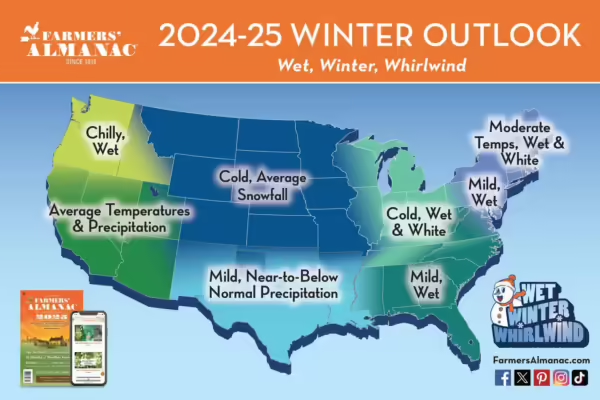
Did you know that drafty doors and windows are responsible for up to 40% of your home’s energy (heat!) loss?
If you’ve read up on your home’s building envelope, the two most important concepts for ensuring your home is prepared for winter are insulating and sealing (your home’s building envelope).

Why insulating and sealing your entry door is important
If your entry doors are not properly insulated and sealed, you may as well be leaving them wide open. Imagine leaving your door open while you have the heat pumping in the winter or air conditioning cranking in the summer. It’s pretty easy to visualize the massive amounts of heat escaping, water invading, or cold air flowing in to your home then.
If your entry doors are not insulated or sealed properly, they will not do their job:
- They will not keep your stop the weather form entering your home
- They will not keep a consistent internal climate for your home
- They will not keep you warm in the winter
- They will not keep you cool in the summer
If you can answer yes to any of these questions…
- Is your home always too cold in the winter?
- Do you feel you’re paying too much for heat in the winter?
- Can you feel the temperature drop when you walk near your door?
- Do you think your door is drafty even when it’s closed?
- Is your door difficult to open or close?
- If your entry door has glass, do you ever notice moisture between the panes?
Then you should investigate these entry door warning signs to see how you can prepare your entry doors for winter
Check the Interior and Exterior Finishes Around Your Doors

Look for:
- Paint or stain flaking and peeling
- Cracking, deteriorated wood
- Signs of water damage
- Discolored surfaces
If you see any of these things, they’re signs that moisture may be entering your home in places that it shouldn’t. Moisture can be your home’s worst enemy as it can lead to mold, rot, infestations, or collections of ice and water where they shouldn’t be!
The fix? Take a look at your caulking (read on)!
Check the Caulking Around Your Entry Doors

(image source: pretty handy girl)
Caulk is a material used to seal parts of your home. For example – sealing trim or sealing your windows into your home.
Look for:
- Cracks
- Missing chunks
- Permanent discoloration
- *pay particular attention to areas susceptible to punishment from excessive rain, water, and sunlight
If the caulk around your door is damaged, then again, there’s a breach in your building envelope. You want to make sure your entry door is properly sealed, to ensure your building envelope is a continuous and complete shield between your home and the weather.
The fix? Replace damaged caulking. If you’ve got a steady hand and are used to doing some home improvement projects, you can do this yourself. You just need to make sure you’re using the right kind of caulk for your door. If you’ve got a lot of caulking to do, or think there might be more to the job – you can always request a free estimate from us and we’ll send someone out to take a look at your entry door seals and the door itself.
Check the Locking Mechanisms on Your Entry Doors

Look for:
- Loose locks
- Locks that don’t work at all
If your locks feel loose, don’t lock smoothly, or don’t lock at all, chances are your door is also loose. Your home and all of its components naturally expand and contract. If this natural movement hasn’t been allowed for when your entry door was installed, the integrity of the door may be compromised, meaning a gap in your home’s building envelope, and an opportunity for energy to escape and go to waste.
The fix? Replace your entry door. While it feels natural to replace a loose or tough to work lock and see if things improve first – a loose lock is usually a sign that your door’s shape has changed. Why replace the lock if you’ll have to replace your entry door anyways?
Check your Energy Bills
Look for:
- High bills in the summer
- High bills in the winter
- Spikes around times of extreme cold or extreme heat
If your home’s heating and air conditioning bills seem unusually high, this indicates that you’re wasting energy in your home. Wasted energy usually happens when energy is leaking out of your home instead of being maintained efficiently.
The fix? There are a variety of options. First – see if any of the other entry door warning signs mentioned on this page are apparent at your home. If they’re not – you can make your way through the rest of our Winter Ready Home Guide to check on the other areas of your home that may be causing energy loss. Another option is to get a home energy audit.
Check for Signs of Air Leakage Around Your Door

Look for:
- Visible gaps around your door frame
- Invisible gaps and holes in AND around your door: take a lighter and hold the flame close to your door and door frame – if the flame flickers, there’s air flowing through – you’ve got a drafty door
- *please, if you have an old wooden door, do NOT light your door on fire…
The fix? Talk to us about getting a free consultation for your entry door. We’ll let you know if your door needs replacing or if we should refer you to a general contractor that can seal up your door properly for the winter.






